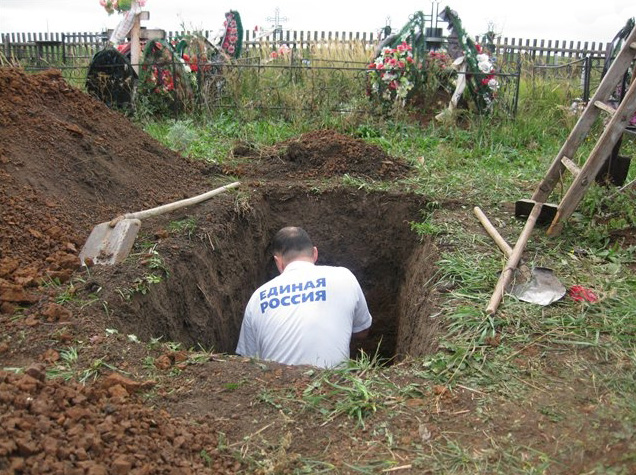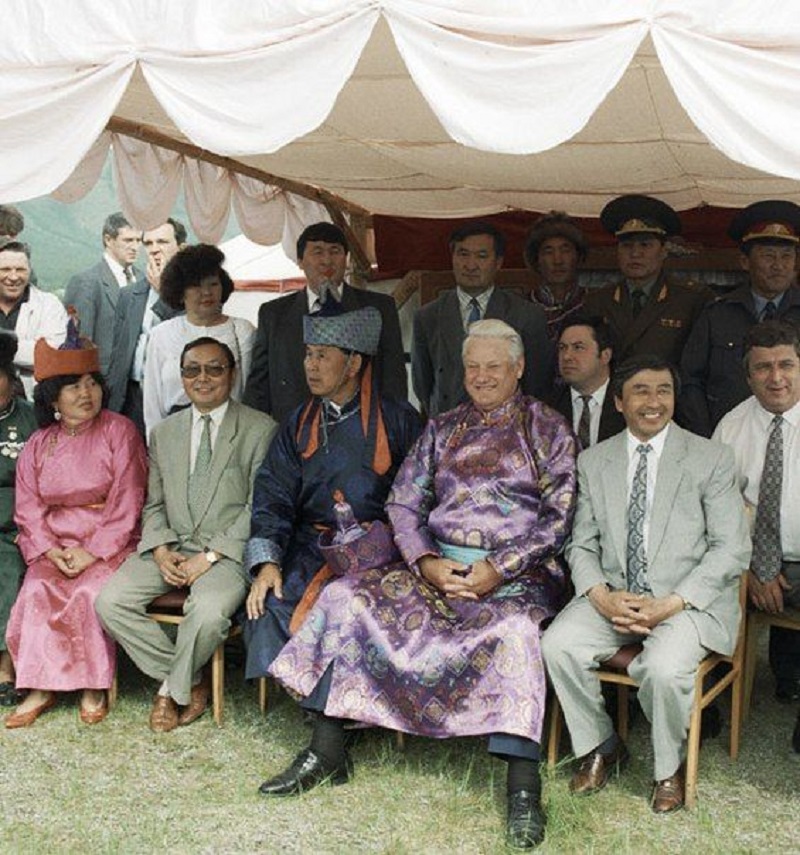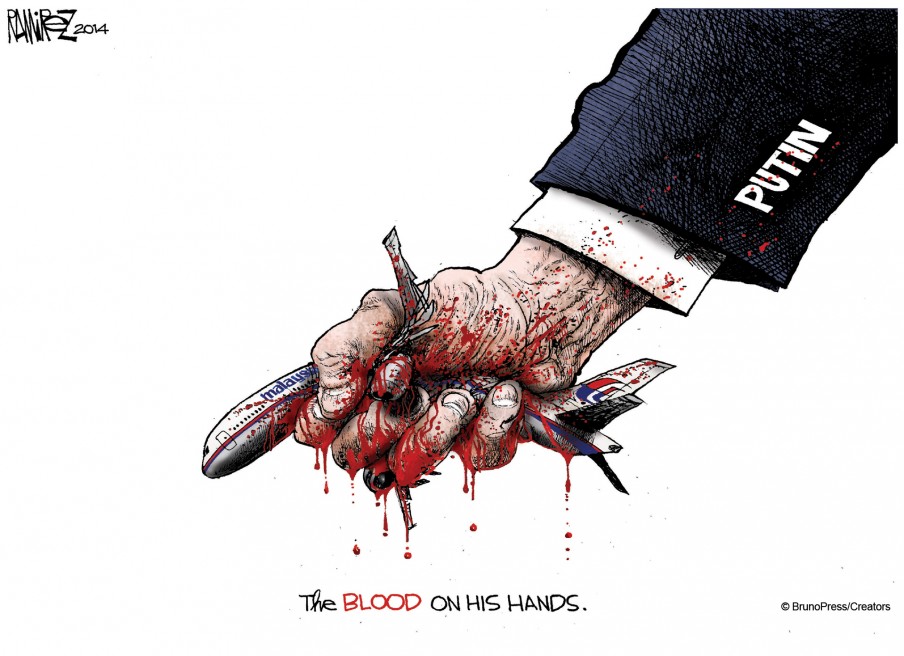Rosstat, the Russian government’s statistics agency, reports that during the first four months of 2017, Russians gave birth to almost 70,000 fewer children than they did in the comparable period a year earlier, a decline that wiped out all gains from declines in mortality rates and put Russia on course to lose more than 280,000 people in 2017.
And that happened even though marriages increased in number relative to population while divorces declined slightly (gks.ru and newsland.com), and means that Russia’s demographic decline is accelerating again.
Especially hard hit are predominantly ethnic Russian regions where the declines in the first three months were greatest, amounting to some 114,000.
That was partially compensated for by increases in predominantly Muslim regions, and as a result, the total decline for this period was only 93,000. But the ethnic mix of the country continues to change against the Russians.
Low birthrates then mean that there is simply no new group of women in the prime child-bearing cohort to give birth. And that pattern will feed on itself, reducing each new generation in turn.All of this was predicted by demographers. What Russia is going through now, they say, is “the second wave of the demographic collapse of 1992-2000.”
As a result, many regions and especially predominantly Russian ones will suffer from depopulation or from an increase in the number of pensioners to the extent life expectancies increase. But there will be no one to replace them as workers or to support them after they take retirement.
What makes this situation especially difficult is that Vladimir Putin and his regime are almost in complete denial, especially after the three years in which there was a slight uptick in the number of births and in which births did exceed deaths. But that period is now ending as all serious demographers predicted it would.
And what is worse is that Putin’s “optimization” programs – a euphemism for cutbacks in medical care and social services – almost certainly means that there will be ever fewer live births, higher infant mortality, and a much slower growth in life expectancies than would have been the case otherwise.
Related:
- Russian military’s spring draft shaped by demography and economics
- Chinese to become second largest ethnicity in Russia, Moscow demographer says
- Russian aggression in Ukraine reflects major demographic considerations
- 10% decline in number of births in Russia frightens economists
- Seven things Russians need to understand about their country and themselves now
- Moscow’s manipulation of statistics seen getting even worse in run-up to Putin’s re-election





